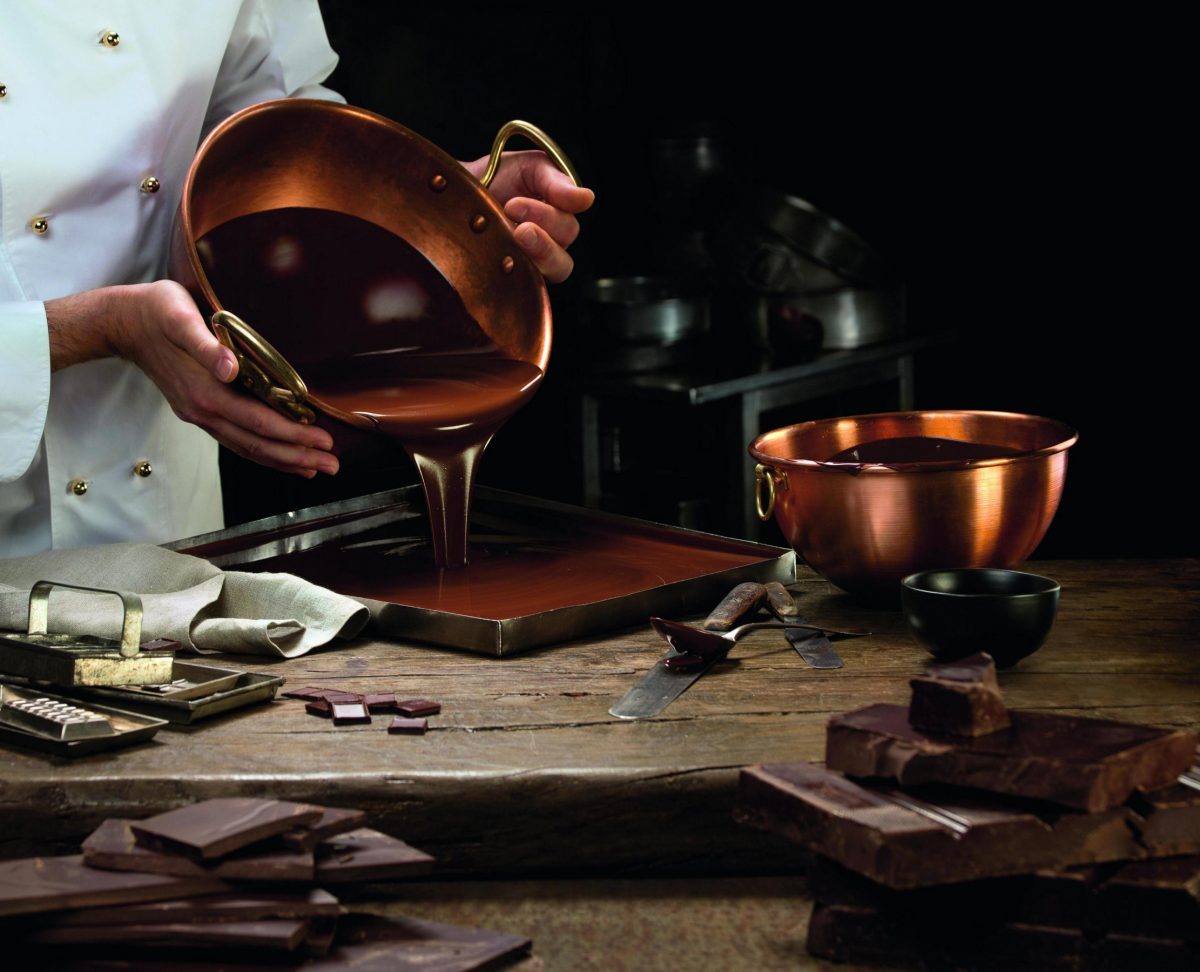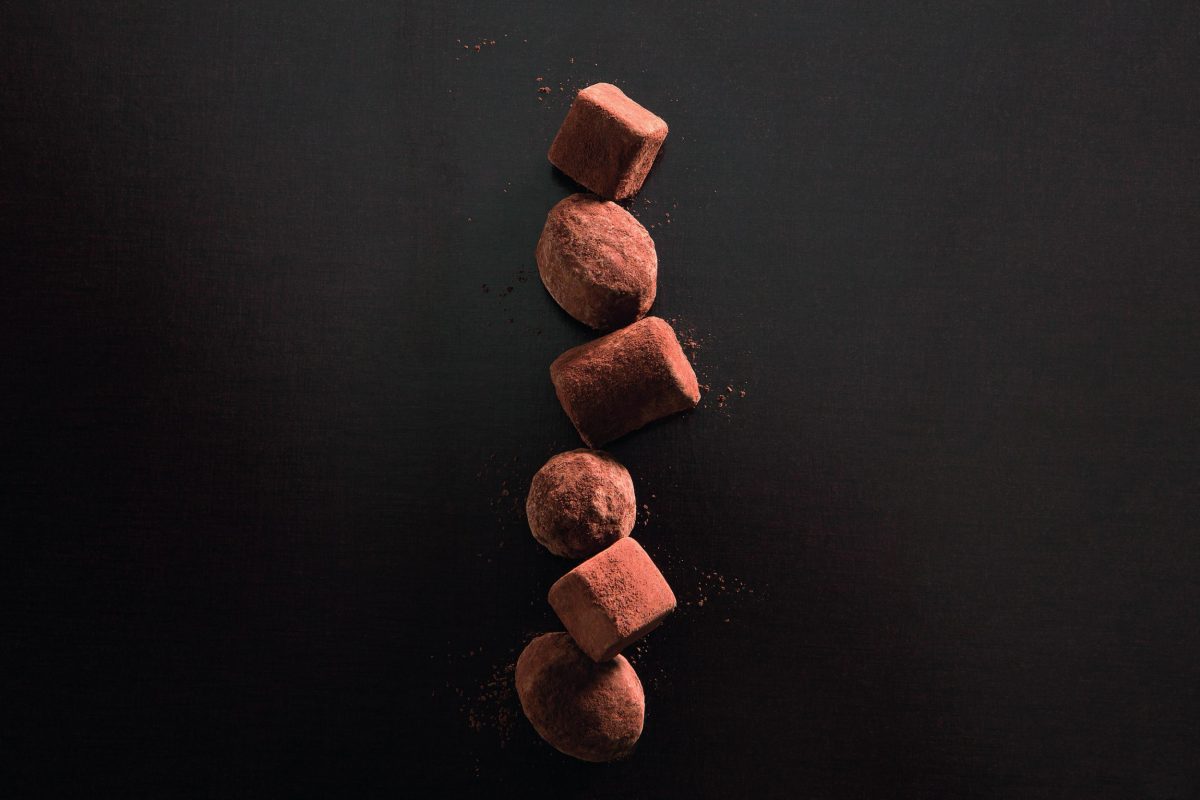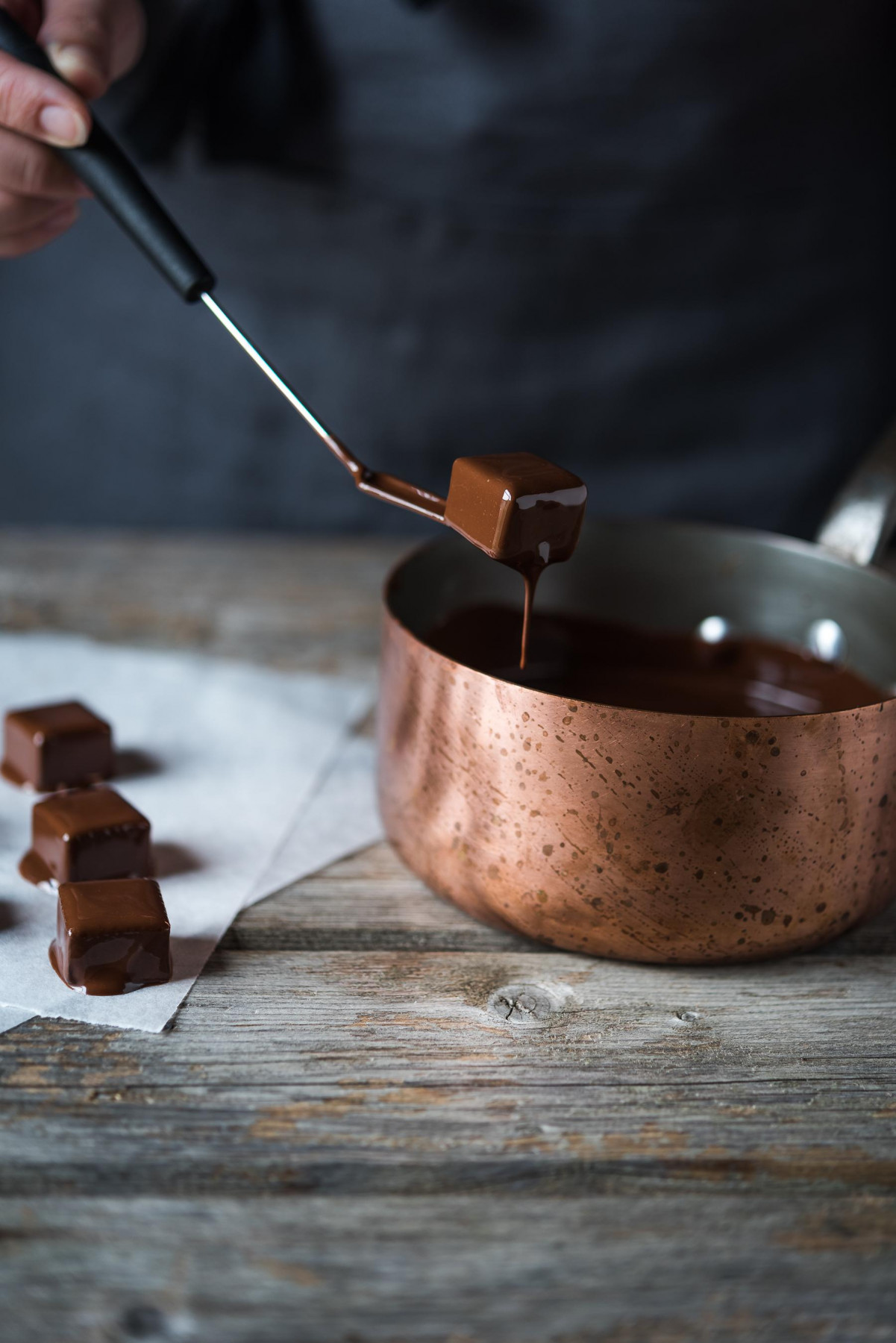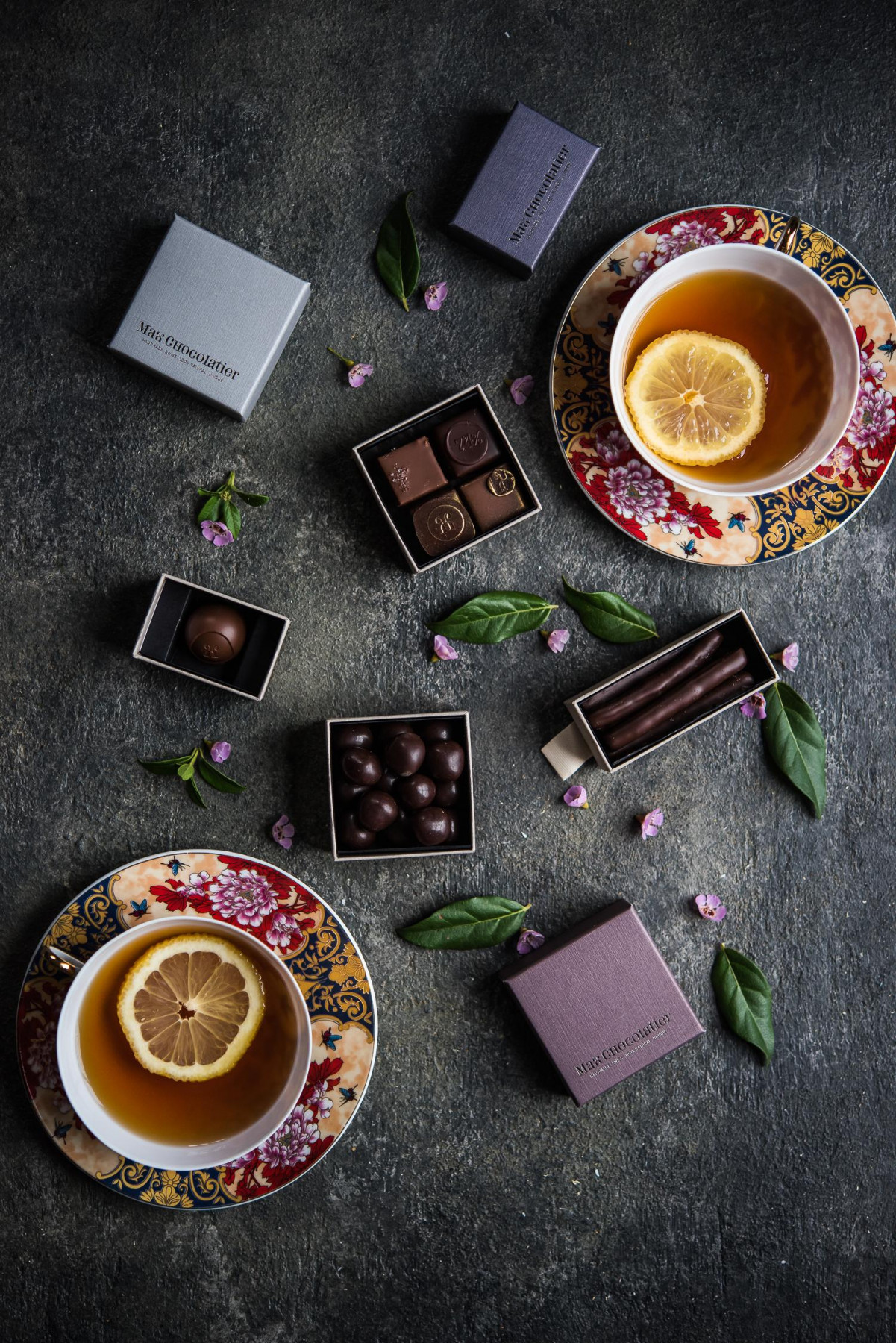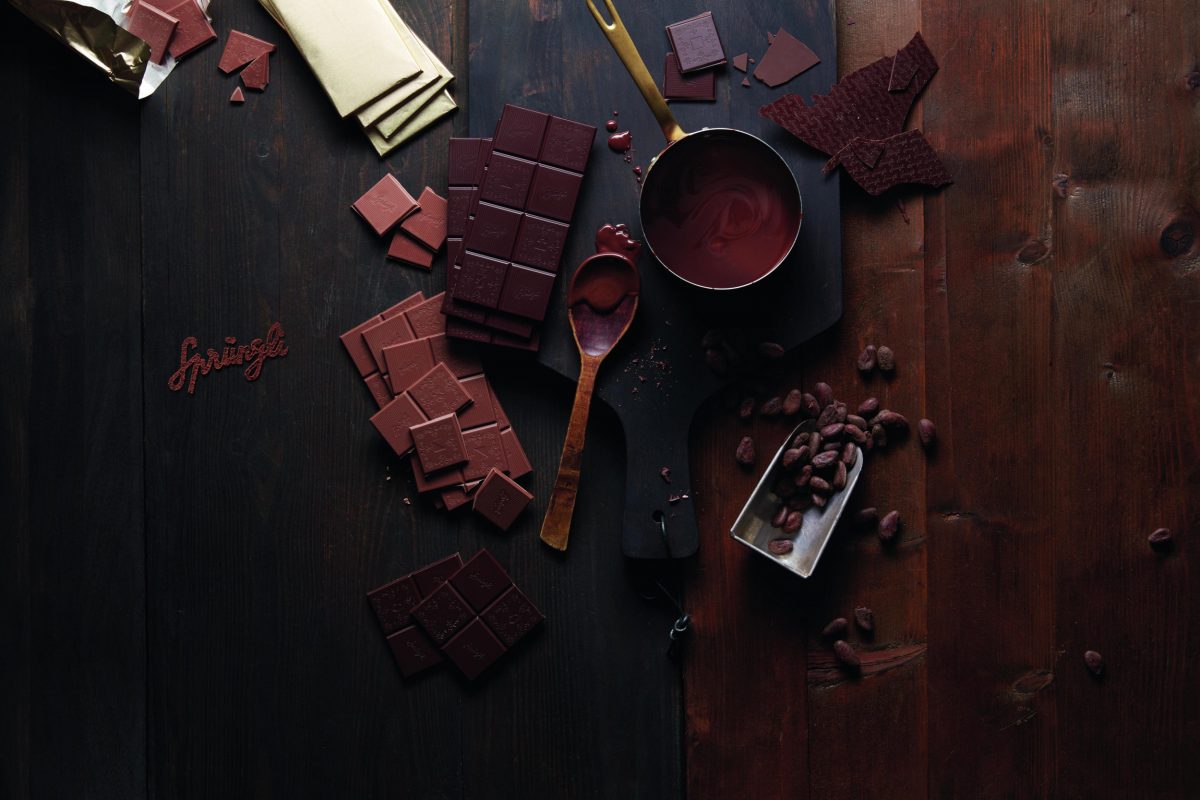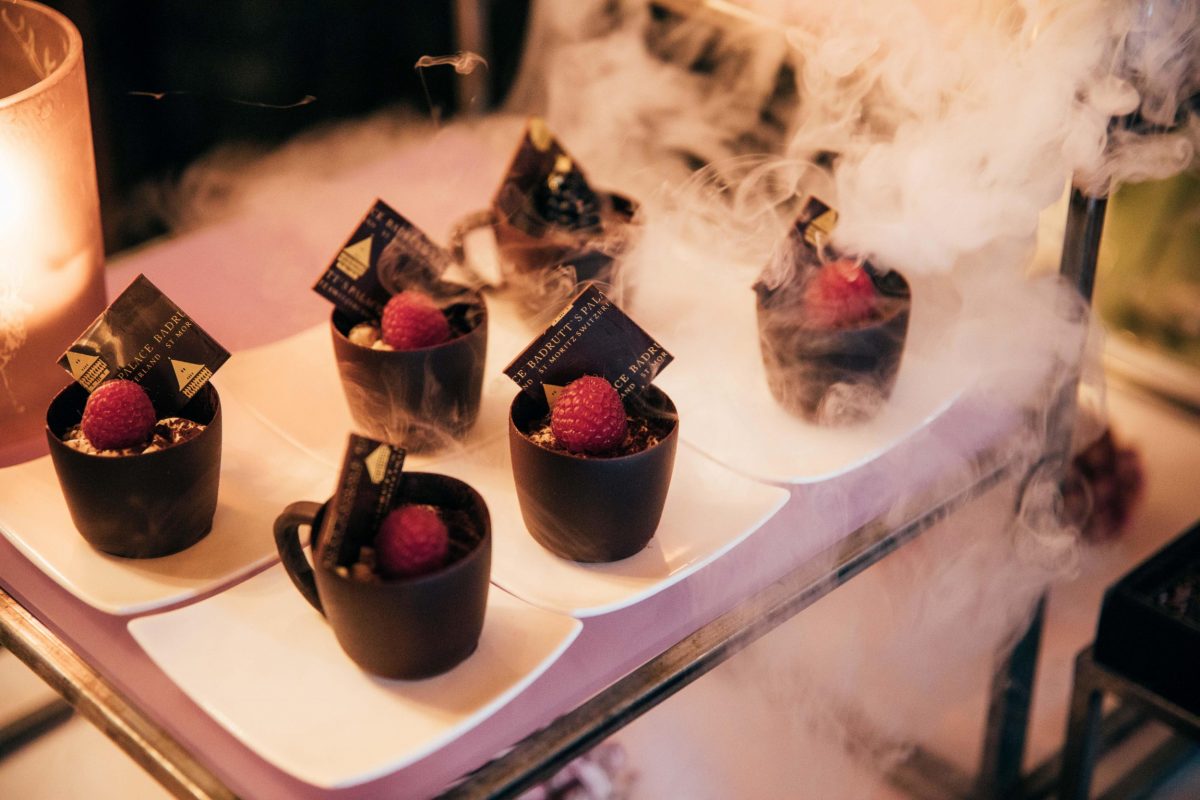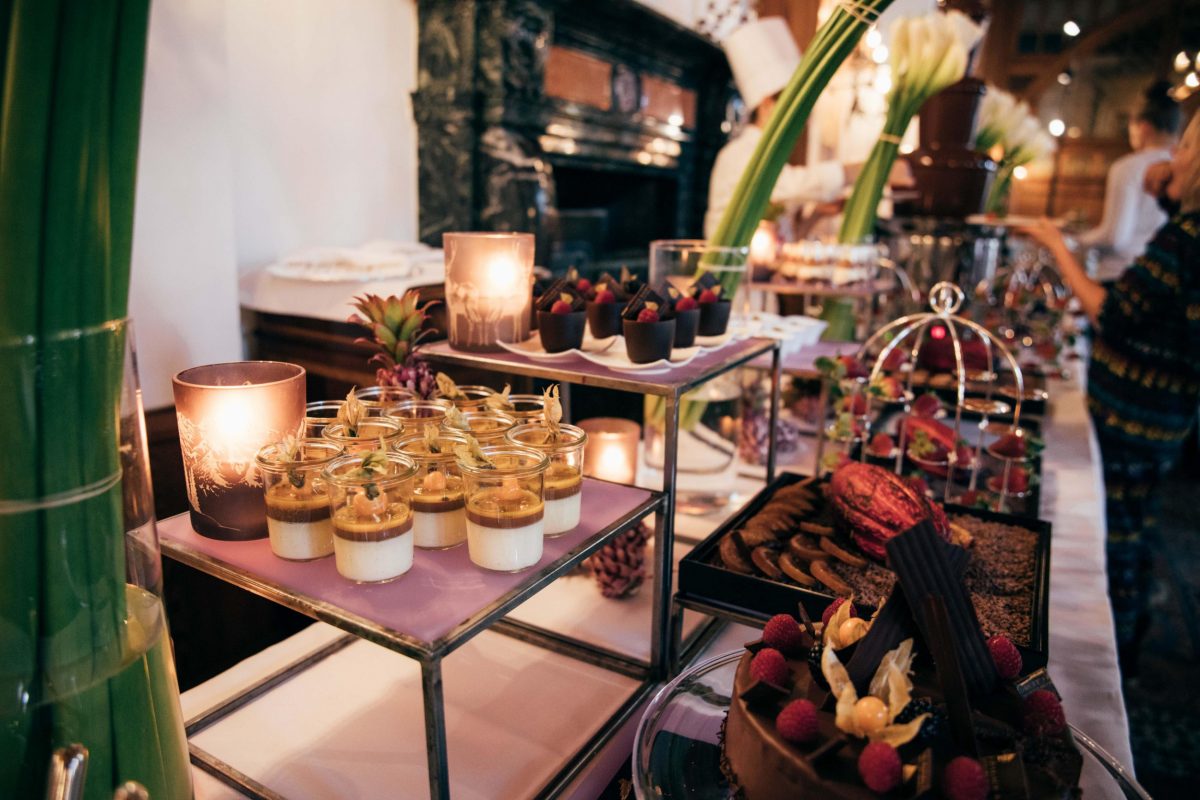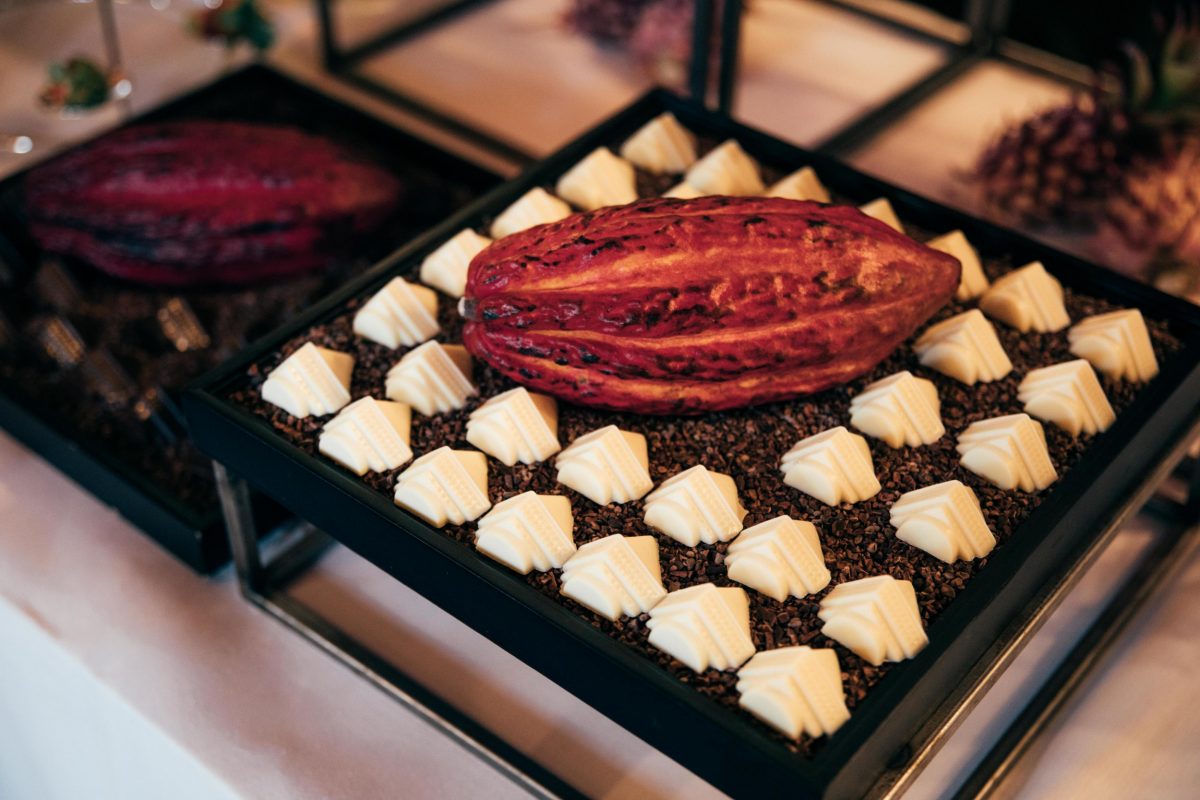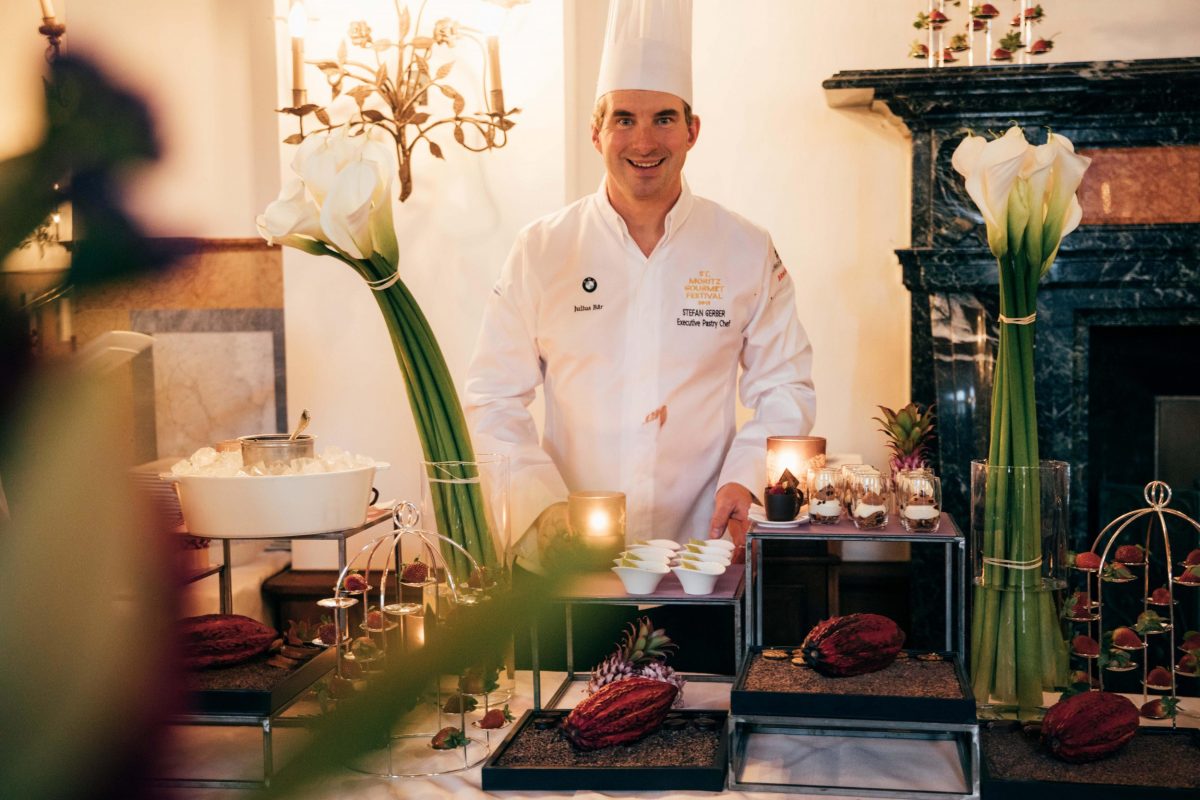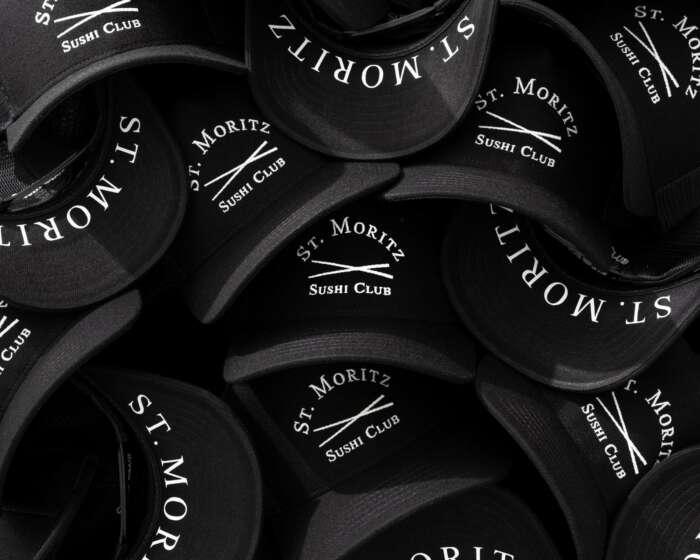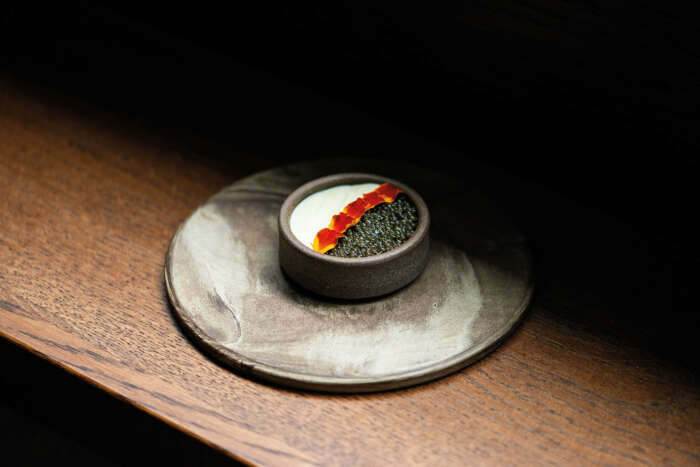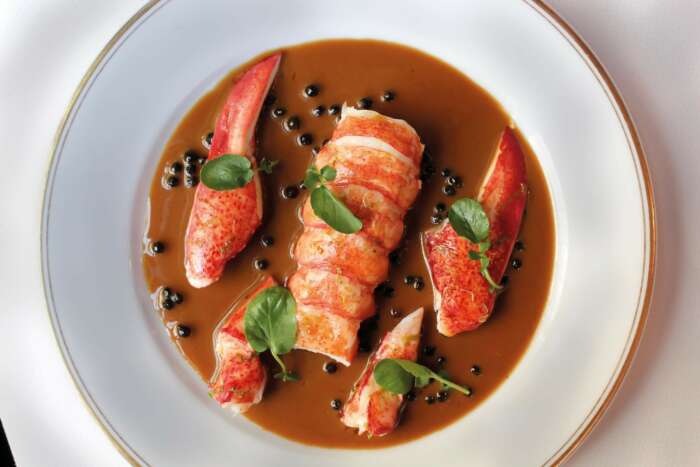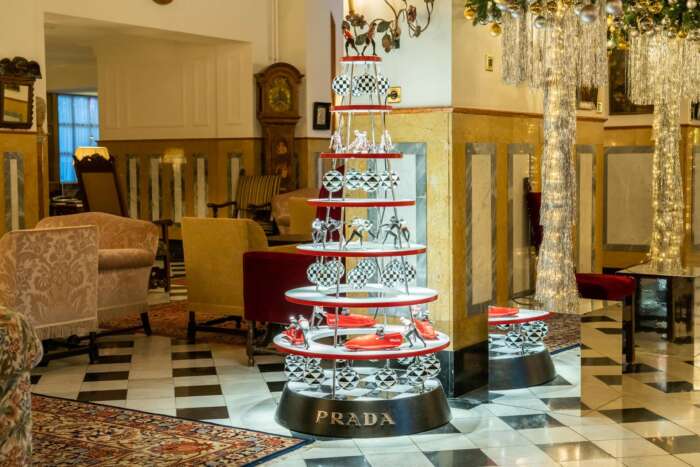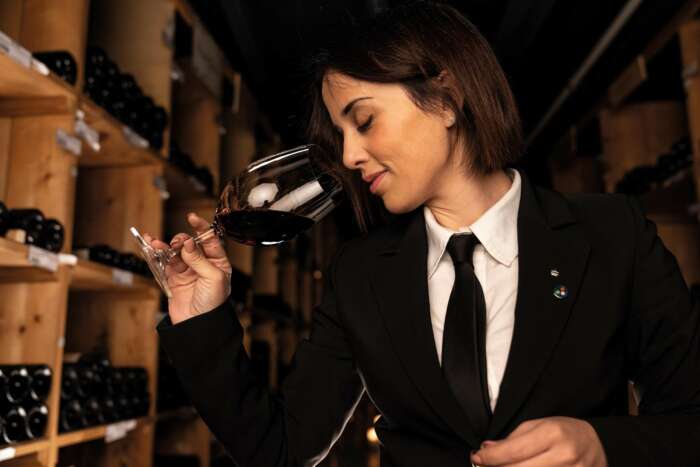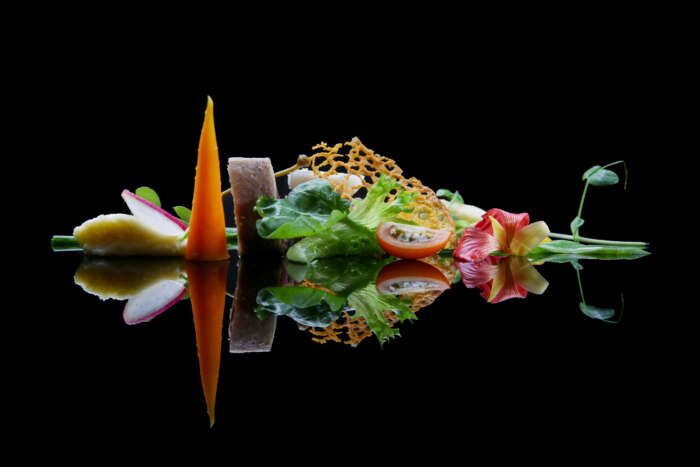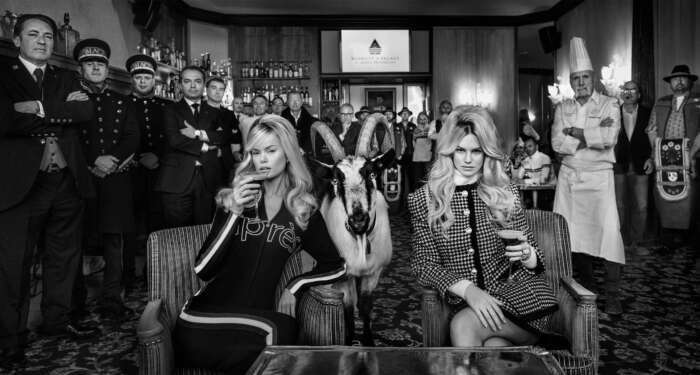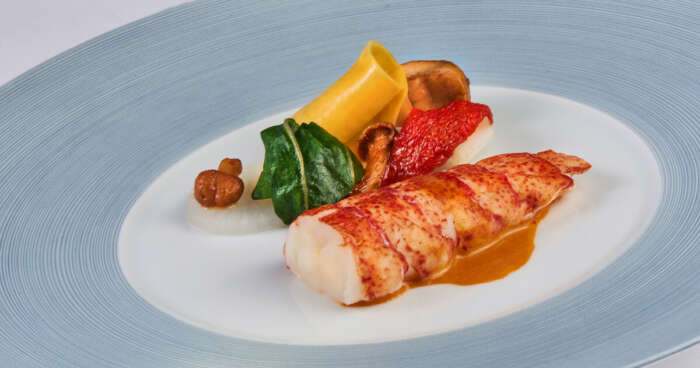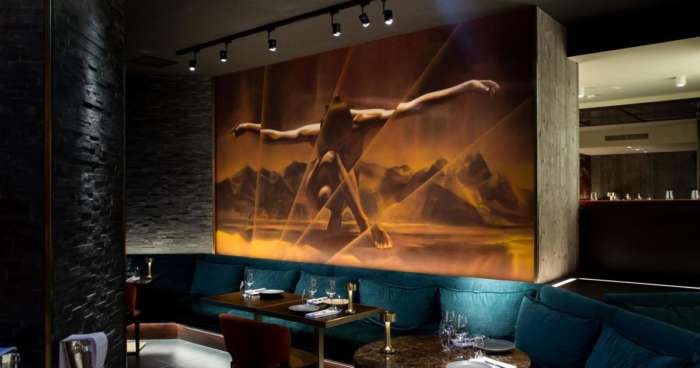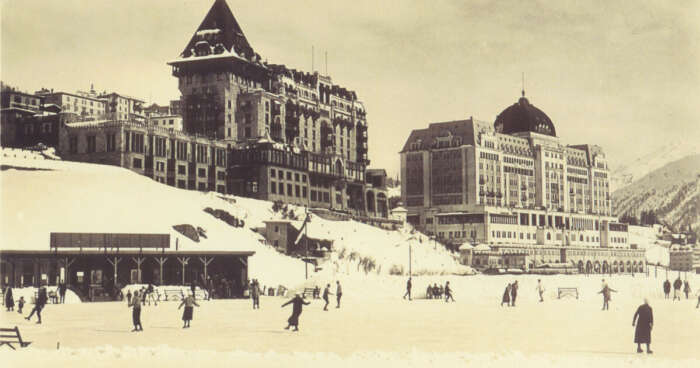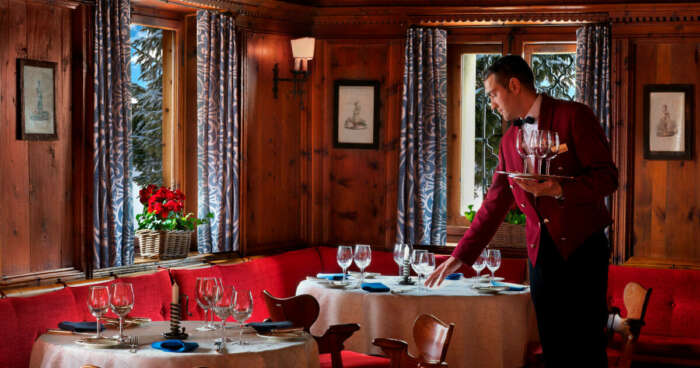Decadent and luxurious, chocolate is something that bonds most people. Young and old, man or woman, our love of chocolate can be a unifying force. This is unquestionably due to chocolate’s versatility – it can be dark, sweet, bitter, fruity or seriously grown-up.
But there is a clear divide between ‘good’ chocolate and ‘the best’, and with popular interest moving away from sugar-packed, palm oil-filled offerings, more and more of us are interested in what elevates chocolate into a superior, superbly mouth-watering offering.
To uncover the mysteries behind the highest quality chocolate, it’s natural to turn to Swiss chocolatiers. Swiss chocolate has always been renowned for its quality, a fact reflected by the enormous quantities eaten by its citizens (in 2015, nearly nine kilos of chocolate were consumed per capita), and both large and small producers continue to develop their craft to create the most exceptional chocolate treats.
The secret of the best chocolate
At Confiserie Sprüngli, chocolate making has been constantly refined since the company began in 1836. A pioneer of Swiss chocolate, it jealously guards its recipes, maintaining a precious mystique around its production.
But chef-chocolatier Sepp Fässler, who has been working with chocolate for 30 years, is prepared to share a few secrets. “The interplay of premium-quality ingredients, where the focus is always on the taste, is key,” he advises. “We are always looking for ways to bring our chocolate to the next level, and that means finding the appropriate ingredients to refine our chocolate.”
This emphasis has seen chocolatiers turn towards single-origin chocolate, a marked differentiator between luxury chocolate and cheaper, mass-produced treats. By opting for single origin, and ordering from the very best growing regions, master chocolatiers can create chocolates with distinctive, rich flavours – much like wine.
Daniel Huber, chef-chocolatier at Max Chocolatier, an artisan chocolate-maker in Lucerne, explains: “Like other plants, cocoa beans take on the characteristics of the region in which they are grown. When it is blended, the effect of the terroir is lost. You will not be able to experience the flavours that Mother Nature has created for us.” By opting for single origin, chocolate-makers can showcase unique flavours, such as blood orange, black tea, tobacco and vanilla, which give Max Chocolatier’s Grand Cru chocolates a “special kick”.
At Confiserie Sprüngli, Sepp sources his chocolate from the best cocoa-growing regions. These include Bolivia, which produces the cocoa for its Truffles Cru Sauvage, and Ghana, where some of the finest Forastero cocoa beans are grown.
“Criollo de Maracaibo beans boast coffee and plum notes with the subtlest hint of orange blossom and cinnamon”
These regions, in addition to Venezuela, Cuba and Madagascar, produce exceptional cocoa beans, each with a unique flavour. Take the Criollo de Maracaibo beans – they have coffee and plum notes with the subtlest hint of orange blossom and cinnamon. Trintario de Baracoa, meanwhile, has a flavour of milk, melting into notes of honeydew honey, caramel and malt.
In the kitchens at Badrutt’s Palace Hotel, Executive Pastry Chef Stefan Gerber also places great importance on the origins of his chocolate: “We get chocolate from the best, from Ecuador, from Madagascar…” he enthuses. This is then used to concoct all kinds of chocolate masterpieces, including a chocolate stiletto filled with crème pâtisserie and fruit and an indulgent chocolate cake topped with glasses made from the thinnest, most delicate, tempered chocolate.
Local and sustainable
By sourcing the very best beans, chocolatiers are taking sustainability and responsibility even more seriously, working closely with their suppliers and using more of the cocoa bean, including the husk. Some chocolatiers, such as Läderach, are members of the World Cocoa Foundation and liaise closely with the Rainforest Alliance. In 2012, Läderach even opened its own chocolate factory to ensure total control of the whole chain.
“People are looking for products that are handcrafted, sustainable, regional and fresh, which are produced in small batches and tell a story”
Confiserie Sprüngli takes such responsibilities seriously. “Through careful selection, personal contact with the cocoa farmers and responsible collaboration, we also contribute to sustainably increasing the quality of life in growing regions,” explains Sepp. In addition to responsibly sourced chocolate, two-thirds of the sugar used in Confiserie Sprüngli’s chocolate production comes from environmentally compatible domestic production.
Stefan has also noticed that more and more consumers are increasingly discerning over the origins of the chocolate they eat. He says: “They are looking for Fairtrade chocolate. It isn’t a trend exactly, but people are looking.”
Daniel agrees: “People are looking for products that are handcrafted, sustainable, regional and fresh, which are produced in small batches and tell a story. People have started to select their chocolate with care and ask more questions. As a chocolate manufacturer we have an ethical responsibility to ensure that all of our ingredients are sustainably produced with strict standards regarding the quality and production process.” The atelier is supplied by Max Felchlin AG, which has a close relationship with many of its cocoa farmers, who get paid above Fairtrade prices.
“When we do ganache and the filling for pralines we use Swiss cream and Swiss milk. I would use Swiss cocoa if I could but there are no cocoa plants growing in Switzerland”
A focus on the sourcing of chocolate extends to other ingredients used to make the very best chocolate.
“We source all of our essential raw ingredients for our chocolates, pralines and truffles, such as cream, butter and milk, from regional producers,” explains Sepp. “Our chocolate doesn’t just stand for the best quality; it also stands for unique freshness and naturalness – and this has a decisive influence on the taste.”
The origin of every element in his chocolate is vitally important to Stefan. “The combination of ingredients is key – it isn’t just the chocolate,” he maintains. “When we do ganache and the filling for pralines we use Swiss cream and Swiss milk. I would use Swiss cocoa if I could but there are no cocoa plants growing in Switzerland,” he laughs.
The perfect mix
The choice of what to mix with chocolate – and when to leave it well alone – is crucial. Some matches just come together naturally, says Sepp. “My favourite combinations are hazelnuts and couvertures – chocolate with a higher percentage of cocoa butter than eating or baking chocolate – with delicate toasted notes. I also enjoy fruity and acidic notes but I prefer these when they don’t have any other ingredients added as the fruit acids already lend an interesting flavour.”
Seasonality can give chocolate an interesting spin, as Stefan explains: “For Christmas we add cinnamon, a little bit of spice… maybe some gingerbread. In summer we use mango. Lychee also works very well as it is light and exotic.”
“Flavours such as mulled wine, beetroot, carrot and even hay have been introduced into the chocolate, becoming firm favourites with customers”
Other chocolatiers are adding ingredients such as geranium and rose to their chocolate. Teas, including matcha, oolong and earl grey, are also becoming more common flavourings.
At Max Chocolatier, experiments are always taking place within chocolate production: “We love to get inspired by, and play with, the flavours that Mother Nature gives us,” says Daniel. As a result, flavours such as mulled wine, beetroot, carrot and even hay have been introduced into the chocolate, becoming firm favourites with customers.
Dark gourmet chocolate
As well as increasingly experimental chocolate, another emerging trend is the preference for darker varieties.
“There are a lot of customers who are looking for unique chocolate with an even higher cocoa percentage. Just a few years ago, anything that was 70 per cent or over didn’t stand a chance,” Sepp says. “Quality will continue to pave the way forward.”
Dark chocolate is also becoming a favourite due to its natural vegan and dairy-free properties – another hot trend in the chocolate-making world and something that the best chocolatiers have been embracing for many years. “We’ve been offering a high-quality vegan version of our Grand Cru chocolate bars for more than 20 years,” says Sepp. “It is made with cocoa from the world’s best growing regions and other natural, vegan ingredients.”
At Badrutt’s Palace Hotel, Stefan is also keenly aware of catering for those with intolerances or different lifestyles. “We make chocolate without lactose, without dairy, without eggs – we think about all the possibilities,” he says.

Chocolate creations by Stefan Gerber at the St. Moritz Gourmet Festival, Photograph by David Hubacher 
Chocolate creations by Stefan Gerber at the St. Moritz Gourmet Festival, Photograph by David Hubacher 
Chocolate creations by Stefan Gerber at the St. Moritz Gourmet Festival, Photograph by David Hubacher 
Executive Pastry Chef Stefan Gerber at the St. Moritz Gourmet Festival, Photograph by David Hubacher
The chocolate cult
For true chocolate-lovers, some of the best Swiss chocolate can be sampled at the Chocolate Cult buffet as part of the St Mortiz Gourmet Festival. Held in Badrutt’s Palace’s Le Grand Hall from December to the beginning of January, the buffet showcases the very best of chocolate and patisserie, including creations by Stefan and Sepp.
“We take chocolate and we make all different things out of it – mousse, ice cream, sorbet,” Stefan explains. In all, his kitchen may produce around 30 to 40 different creations for the festival, ranging from a chocolate cream with chilli to a dark chocolate mousse bombe.
For the next buffet, Sepp has many special treats planned: “We’ve got fresh Swiss chocolate bars in the pipeline. These melt-in-the-mouth chocolate creations are handmade with love, according to top secret recipes.”
But what is the finest chocolate’s most important secret? “Good chocolate is good for the heart,” says Stefan with a smile. So when your next chocolate craving strikes, reach for a bar of the highest quality – it could bring you benefits you never dreamed of.
